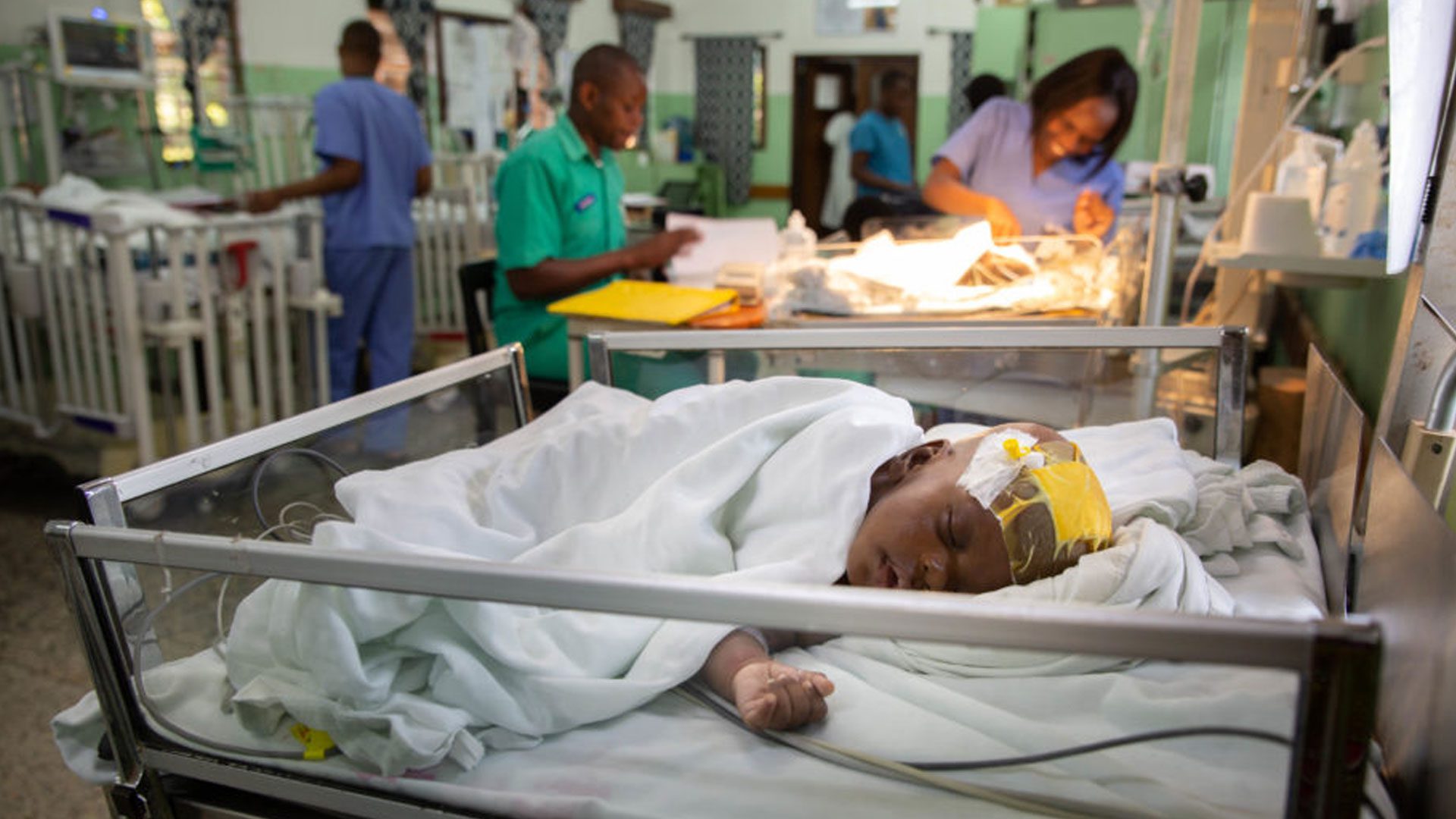Past, present, and future of neurosurgery in Uganda
Abstract: Neurosurgery in Uganda was virtually non-existent up until late 1960s. This changed when Dr. Jovan Kiryabwire spearheaded development of a neurosurgical unit at Mulago Hospital in Kampala. His work ethic and vision set the stage for rapid expansion of neurosurgical care in Uganda.
At the beginning of the 2000s, Uganda was a country of nearly 30 million people, but had only 4 neurosurgeons. Neurosurgery’s progress was plagued by challenges faced by many developing countries, such as difficulty retaining specialists, lack of modern hospital resources, and scarce training facilities. To combat these challenges 2 distinct programs were launched: 1 by Dr. Benjamin Warf in collaboration with CURE International, and the other by Dr. Michael Haglund from Duke University. Dr. Warf’s program focused on establishing a facility for pediatric neurosurgery. Dr. Haglund’s program to increase neurosurgical capacity was founded on a “4 T’s Paradigm”: Technology, Twinning, Training, and Top-Down. Embedded within this paradigm was the notion that Uganda needed to train its own people to become neurosurgeons, and thus Duke helped establish the country’s first neurosurgery residency training program.
Efforts from overseas, including the tireless work of Dr. Benjamin Warf, have saved thousands of children’s lives. The influx of the Duke Program caused a dynamic shift at Mulago Hospital with dramatic effects, as evidenced by the substantial increase in neurosurgical capacity. The future looks bright for neurosurgery in Uganda and it all traces back to a rural village where 1 man had a vision to help the people of his country.























